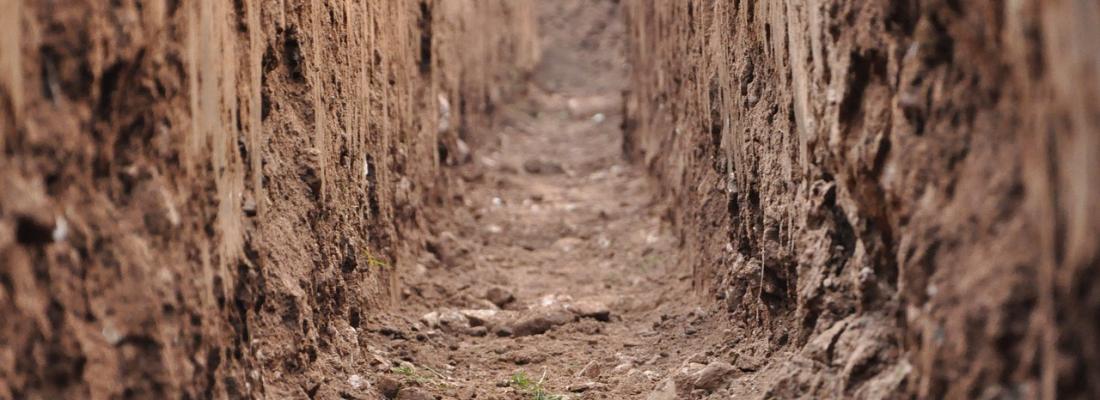Agroecology Reading time 2 min
Persistence of pesticide residues in soils: the importance of monitoring at a national scale
Published on 24 May 2023

Contamination of the environment by pesticide residues in water and air has been monitored for many years. This is not yet the case for soils. However, a number of recent European studies, involving INRAE and Ifremer, point to the presence of numerous substances in soils and the risks they pose for biodiversity.
To expand on the initial results, INRAE researchers teamed up with scientists from the University of Bordeaux to assess pesticide contamination in nearly fifty soils sampled throughout mainland France. With the support of the RMQS (the French Soil Quality Monitoring Network), they were able to measure the persistence of these substances and the risks they pose to soil biodiversity.
The result: 98% of the sites studied contained at least one substance. In total, 67 different molecules were found, mainly fungicides and herbicides. Plots of arable land were found to be the most contaminated, with up to 33 different substances found at a single site, and an average of 15 molecules in the soil. Rather surprisingly, more than 32 different pesticides were detected in soils under forests, permanent grasslands, uncultivated lands or plots that had been used for organic farming for a number of years, although the concentrations were generally lower than those found at conventional agricultural sites.
Glyphosate and AMPA—its main metabolite—are among the most frequently detected molecules, present in 70% and 83% of the soils sampled respectively. Triazole fungicides (epoxiconazole) and succinate dehydrogenase inhibitors (SDHI) were also detected in over 40% of the sites, as were pyrethroid insecticides such as tefluthrin[1]. The majority of the substances studied are used only in conventional farming, however, a few molecules, such as pyrethroids, can also be used in organic farming.
While herbicides account for most of the pesticide concentrations found in soils, insecticides and fungicides are believed to pose the greatest risk to earthworms. In fact, earthworms face moderate to high risks of chronic toxicity in all cultivated plots.
This large-scale study demonstrates the persistence of pesticide molecules in the environment, well beyond their theoretical degradation time and at higher concentrations than expected[2]. The results highlight the need for more extensive soil monitoring, which could be carried out through the national RMQS network, in existence for more than 20 years.
How are pesticide residues measured in soils?
Between 2019 and 2021, forty-seven RMQS sites were sampled by the programme's regional partners throughout France at a depth of 0-20 cm, following a defined protocol (Jolivet et al., 2018). The samples consist mainly of cultivated soils (arable soils, vineyards and orchards), but also supposedly untreated soils (grasslands, forests, wasteland). A total of 111 substances prioritised by the French Food Safety Authority (Anses)—on the basis of their use and behaviour in the environment—were analysed by the University of Bordeaux's LPTC laboratory and the Arras Soil Analysis Laboratory at the INRAE Hauts-de-France centre. The project, named Phytosol, was funded by Anses according to a research agreement (2018-CRD-17_PPV18) and by the GIS-Sol (www.gissol.fr).
Reference
Froger C., Jolivet C., Budzinski H. et al. (2023). Pesticide Residues in French Soils: Occurrence, Risks, and Persistence. Environmental Science & Technology, 57, 20, 7818-27, DOI: 10.1021/acs.est.2c09591
[1] The theoretical degradation times of 90% of the initial concentrations of the molecules in the soil (DT90) are as follows: Glyphosate 170 days; AMPA 1000 days; Epoxiconazole 2960 days; tefluthrin 160 days.
[2] The expected concentrations were calculated based on information provided by farmers regarding phytosanitary treatments applied to their plots (date of application and doses applied), using theoretical degradation times.
